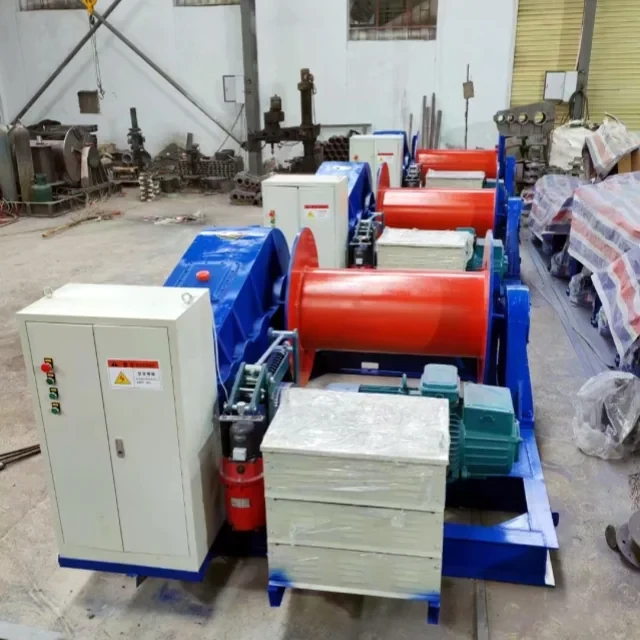Introduction
Every mechanical assembly relies on properly tightened fasteners—but few understand the science behind optimal torque application. Whether you're assembling automotive components or aerospace structures, incorrect torque can lead to catastrophic failures. This guide breaks down the fundamentals of screw fastening reliability, explores advanced tightening methodologies, and provides industry-specific protocols to help you achieve consistent, safe results.
Fundamentals of Screw Fastening Reliability
The Science Behind Torque Specifications
Torque isn’t just about tightening a bolt; it’s about creating the right clamping force. Scientists often observe that 90% of a fastener’s applied energy converts to friction, with only 10% contributing to actual tension. Key factors influencing torque accuracy include:
- Thread friction: Lubricated vs. dry threads require different torque values.
- Surface finish: Rough surfaces increase friction, demanding higher torque.
- Temperature: Thermal expansion alters material behavior.
Ever wondered why bolts loosen over time? Vibration and cyclic loading can reduce clamping force by up to 30% if torque isn’t optimized.
Material Compatibility Considerations
Mismatched materials are a silent culprit in fastener failure. For example:
- Steel bolts + aluminum parts: Galvanic corrosion risks require anti-seize compounds.
- Titanium alloys: Higher strength but prone to galling without proper coatings.
Always cross-reference material datasheets to avoid premature wear or fractures.
Advanced Tightening Methodologies
Torque vs. Tension: Critical Distinctions
While torque measures rotational force, tension is the actual stretch in the bolt that holds components together. Modern techniques like direct tension indicators or ultrasonic measurement help bridge this gap.
Key takeaways:
- Torque-controlled tightening is simpler but less precise.
- Tension-controlled methods (e.g., hydraulic tensioners) suit high-stakes applications like engine blocks.
Three-Axis Control Techniques
In aerospace or heavy machinery (like Garlway winches), multi-axis load monitoring ensures even force distribution. Tools like strain-gauge-equipped torque wrenches can detect angular deviations as small as 0.5°, preventing uneven stress.
Industry-Specific Implementation
Automotive Engine Block Assembly Protocols
A single under-torqued head bolt can cause engine failure. Best practices include:
- Sequential tightening: Follow manufacturer-specified patterns (e.g., spiral or star sequences).
- Two-stage torque: Initial snugging (50% torque) followed by final angle tightening.
Aerospace Structural Fastening Standards
Aircraft demand fail-safe reliability. The FAA mandates:
- Lug and collar bolts: Torque-to-yield (TTY) methods for maximum tensile strength.
- Composite materials: Use load-spreading washers to prevent delamination.
Conclusion: Actionable Takeaways
- Match torque to materials: Always account for friction and thermal effects.
- Prioritize tension: Where precision matters, invest in tension-monitoring tools.
- Follow industry blueprints: Automotive and aerospace standards are non-negotiable.
For heavy-duty applications like Garlway construction machinery, combining these principles ensures longevity and safety. Next time you tighten a bolt, ask yourself: Am I controlling torque—or guaranteeing clamp force?
Related Products
- Portable Concrete Mixer Machine Equipment for Mixing Concrete
- Ready Mixer Machine for Construction Ready Mix Machinery
- Hydraulic Concrete Mixer Machine Cement Mixing Equipment for Mixture Concrete
- Concrete Cement Mixer Machine Drum Mixer for Construction
- HZS25 Best Cement Mixer for Quick Mix Concrete at Bunnings
Related Articles
- How to Prevent Structural Failures and Explosions in Concrete Plants: A Safety-First Guide
- How Concrete Mixers Boost Profitability, Quality, and Sustainability in Construction
- How to Prevent Buffering Component Failures in Concrete Mixing Cylinders: Proactive Strategies That Work
- How to Verify Fasteners and Connectors in Concrete Mixers: A Safety-First Approach
- How to Prevent Cold-Weather Lubrication Failures in Concrete Mixing Stations















